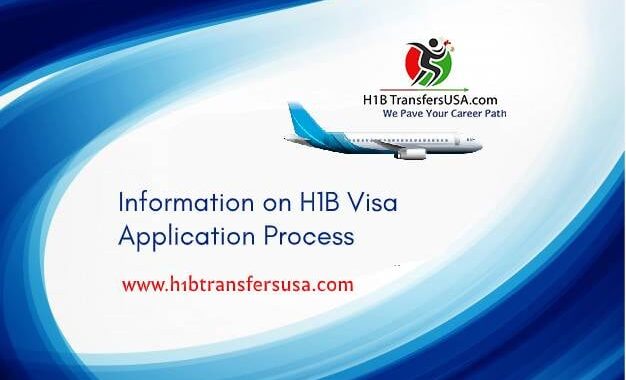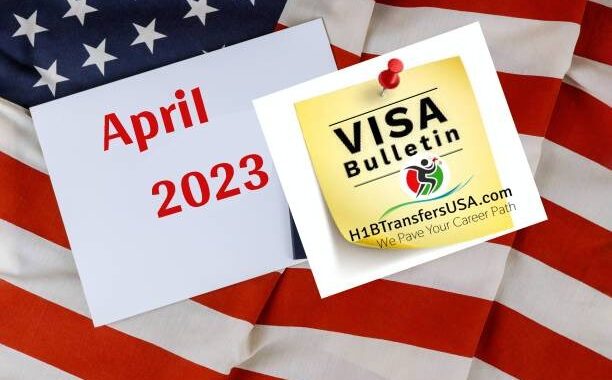Effect of Travel While in H1B / L-1 Status and Pending I-485
5 min read
There are questions commonly on the minds of numerous readers regarding the impact of reentry into the United States on H1B or L-1 workers who also have approved advance parole (AP)based on a pending application to adjust status (form I-485). The law relating to this situation isn’t clear and the result is confusing. Numerous with both H1B (or L-1) status and AP find themselves faced with the difficult decision of how to return to the U.S. after traveling abroad. One should choose to reenter in H1B / L-1 Status. Which requires that the passport have a valid H1B (or L-1) visa stamp or use the AP document.
The differences between entering in H1B (or L-1) status rather than an entry on AP. As well as the impact on one’s immigration status and employment authorization are explored here for the benefit of our readers.
One Entering AP Becomes a Parolee | H1B / L-1 Status
A typical confusion entering the United States on a valid AP won’t influence one’s H1B (or L-1) status. A person with a pending I-485 application is eligible to enter in H1B (or L-1) status. It may do as such without abandoning the I-485 application. Utilizing the AP to enter the U.S., however, doesn’t give the individual H1B (or L-1) status. The reason for this is that an entry on AP isn’t viewed as an admission to a specific status. Yet rather it is a different type of entry known as parole.
The total examination, however, isn’t exactly so straightforward. Under Legacy Immigration and Naturalization Service (INS) memoranda were given in March 2000 and changed in May 2000. The H (or L) person who enters on AP doesn’t lose all advantages related to the H-1 (or L-1) status. This is wherein the confusion arises, as explained below.
The parolee may Work for H1B (or L-1) Employer Without Valid EAD
Pursuant to the revised Legacy INS memorandum, a parolee might keep on working for the H1B (or L-1) employer. “If the alien’s H1B or L-1 employment authorization could never have expired had the alien not left and returned under advance parole”. Such employment isn’t viewed as being unauthorized, even if the individual does not hold a valid employment authorization document (EAD). In practical terms, a person in this situation would no longer hold a nonimmigrant status. The foreign national still would have the option to use the H1B (or L-1) employment authorization to continue working for the H1B (or L-1) employer.
This appears to be a difficult concept to understand, as it includes no equal applications within other immigration ideas. The simplest way to grasp this is to think of the unexpired H1B (or L-1) approved petition and I-94 in this situation. As employment authorization, which doesn’t give one a relating status. Essentially, while the individual does not hold H1B (or L-1) status after a paroled entry, s/he does retain some of the privileges of that status. It is vital to note, however, that if one’s I-485 application is denied. The individual would be out of status since s/he would not be maintaining the H (or L) status.
One who decides to enter the U.S. on AP to resume working for the H1B (or L-1) employer. As indicated by the details of an unexpired nonimmigrant petition, is eligible to use it as employment authorization. Therefore, s/he needn’t bother with a different EAD. Since the employee continues to hold a valid document permitting employment. The travel and reentry do not trigger any obligations on the part of the employer. With respect to Form I-9 prior to the expiration of the H1B (or L-1) petition.
EAD is Safer / H1B Makes Extensions Possible
As a matter of precaution, since the above data depends on a well-established Legacy INS memo. Rather than law or regulation, it could be advisable to have an EAD in this situation, should there be any inquiries on the issue. However, even in that situation, the employer wouldn’t appear to have any extra I-9 obligations. The last document reviewed by the employer (H1B or L-1 I-94) would be unexpired. Additionally, the employee would be allowed to petition for the H1B (or L-1) extensions even after entering on AP.
Parolees Resume H1B / L-1 Status upon Admission or upon Approval of H/L Petition
The May 2000 update explained that an H1B (or L-1) nonimmigrant, who has traveled abroad and reentered the United States on AP may apply for an extension of H1B or L-1 status. If there is a valid and approved petition.” If the USCIS approves the petition. This will have the effect of terminating the grant of parole and admitting the alien in the relevant nonimmigrant classification. Therefore, one’s H1B (or L-1) status will be restored upon the approval of the petition for an extension of status. To use these provisions, the foreign national should have resumed employment with the H1B (or L-1) employer following the paroled entry.
Similar Result if Employer Files H1B Amendment
A similar effect would be achieved if the current employer filed an amended petition. It can also be achieved if the individual works for the H1B employer, and later tries to extend H1B status through a change of employer. Furthermore, since the AP entry doesn’t invalidate the approved H1B (or L-1) petition. The foreign national potentially could regain H1B / L-1 Status by traveling abroad and re-entering with a valid H (or L) visa. And obtaining an H (or L) notation on the I-94 card at the port of entry. In these circumstances, the H (or L) status will be reestablished. Gives one the advantage of continuing in that status for a length of time even if the I-485 ultimately is denied.
[August 2022 Visa Bulletin | Modest Advancement in EB-3 India & China]
Thus, when one wishes to maintain H1B (or L-1) status, this still might be accomplished. Even if AP is used for entry at some stage in the process. This is especially direct for people who have H1B (or L-1) status that should be expanded soon after their re-entry into the U.S. The H (or L) expansion, if approved, will return them to H (or L) status. Even if they last entered on AP. We also see numerous situations in which AP is used for emergency travel or shorter trips. But then the individual seeks the H (or L) visa on a later trip when time allows for a visa application at the consulate.
Conclusion
An H (or L) nonimmigrant with a pending I-485 application might need to pursue various choices before traveling abroad. There are dangers and variables to weigh, each of which is case-specific. Since every individual’s situation is unique, a meeting with a knowledgeable, experienced attorney may be advisable prior to travel.






